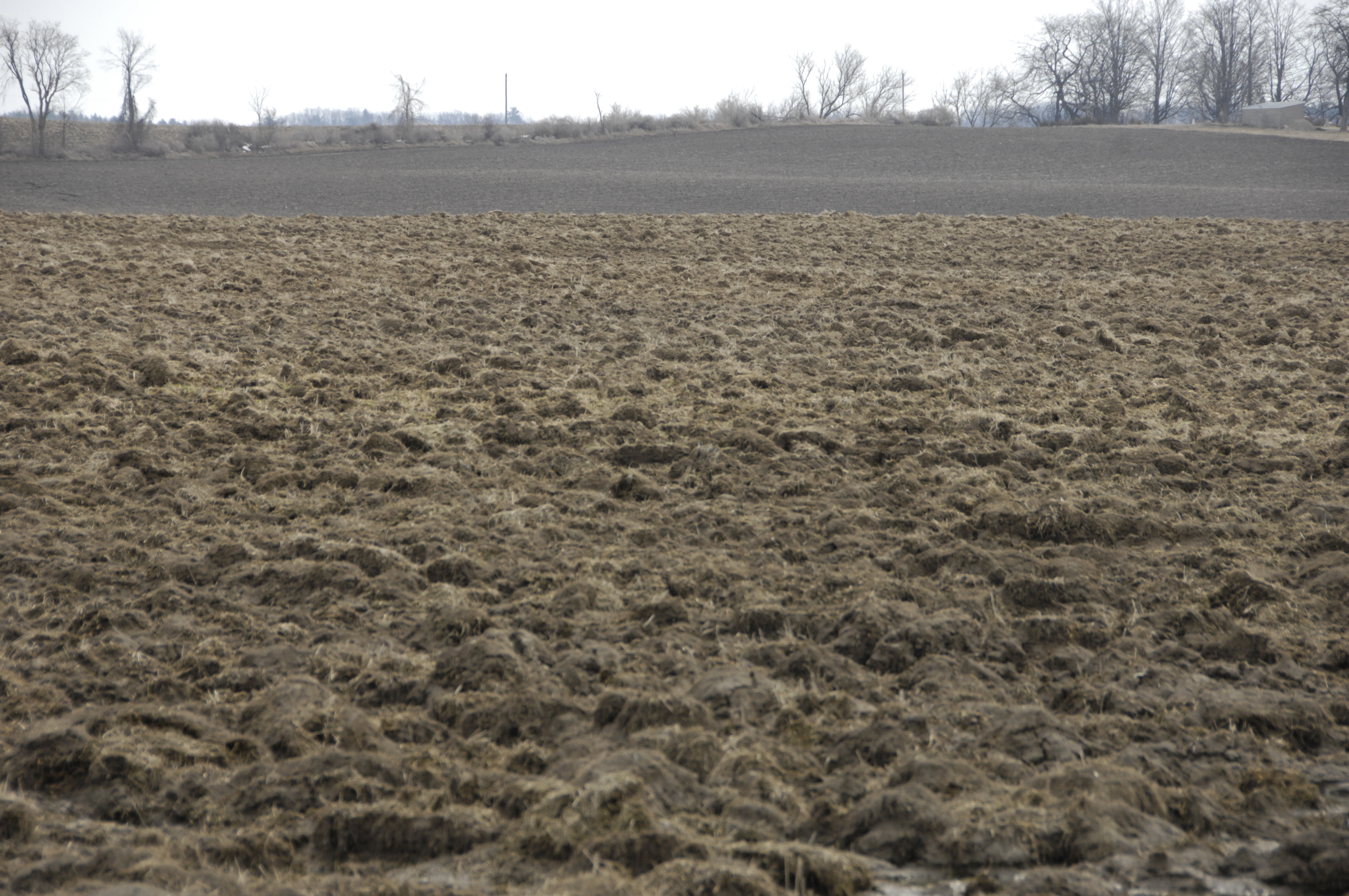To Till Or Not To Till
Published on by Diana Tyner (M.Sc.), Environmental Advisor, Blogger
Tillage versus no-tillage - It's a question that has been raising hairs and maybe a few eyebrows lately within the last couple months in the field of sustainable agriculture. As a key conservation agriculture strategy (no-till) has been promoted and used as an alternative to conventional plowing and a much needed change for increasing crop yields in efforts to meet the growing global food demand.

An international team led by research at the University of California has perhaps opened a can of worms with their meta-analysis research published in the Journal Nature (October 2014), which examined 610 peer reviewed studies. It compared till and no-till systems. Results suggested that no-till often led to yield declines when compared to conventional tillage. Yet there were considerable yield gains for drier areas where no till was chosen.
Dust Bowl Anyone?
Remember the dust bowl era? It was long before my time but science suggests that the cause of the dust bowl was a combination of too much tillage and drought like conditions. Thereby leavingthe soil dry and bare for the wind to take it away - a common characteristic of the dust bowl era was that it had the ability to move huge amounts of soil when the windblew, sometimes moving enough soil to cover tractors! From this experience, farmers learned that too much tillage is not much of a good thing. Too much tillage also decreases organic matter content within the soil and it resists erosion.
Share Your Experience.
As science and technology has evolved over the years so too has our ideas and experiences about using tillage versus no tillage. Many farmers now use no till as an option for protecting the soil. Understanding that left over plant residues on soil surfaces actually protect soil from wind and water erosion. Farm equipment now can also plant seeds within soils that have not been plowed, allowing easier adoption to no till systems.
So I am curious as to what's been your experience with till versus no-till? What's your soil drainage level and how have your yields been comparing?
References
Cameron M. Pittelkow, Xinqiang Liang, Bruce A. Linquist, Kees Jan van Groenigen, Juhwan Lee, Mark E. Lundy, Natasja van Gestel, Johan Six, Rodney T. Venterea &Chris van Kessel. (2014) Productivity limits and potentials of the principles of conservation agriculture. Nature, October 2014.
_______________________
 Diana Tyner is a water guru, environmental advisor, and licensed greenhouse gas quantifier (GHG-IQ). She works with Canadian business, government, and industry to advance solutions in water, agriculture, and greenhouse gases.
Diana Tyner is a water guru, environmental advisor, and licensed greenhouse gas quantifier (GHG-IQ). She works with Canadian business, government, and industry to advance solutions in water, agriculture, and greenhouse gases.